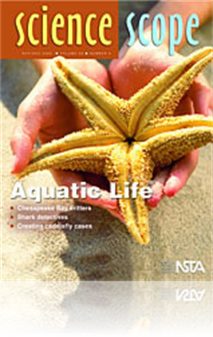All Resources
Journal Article
Science Sampler: A puffin adventure
Through collaboration with the local chapter of the National Audubon Society, students learn how to become responsible and involved citizens, and discover the positive impact their actions can have on the world. Using the internet, as well as school ...



